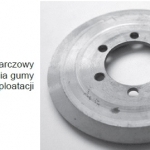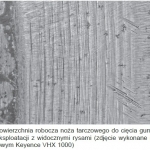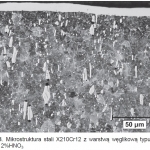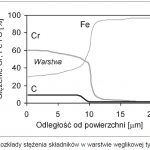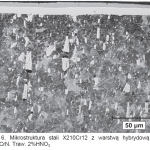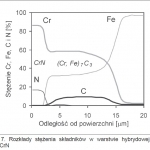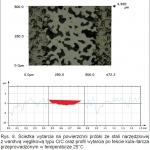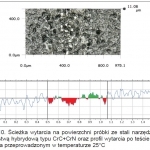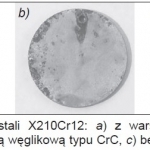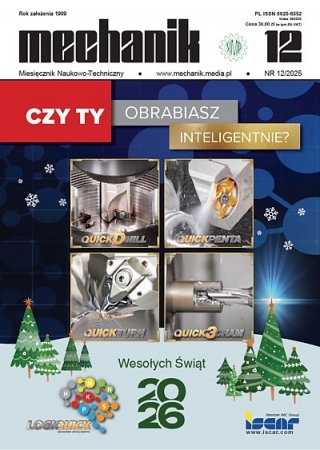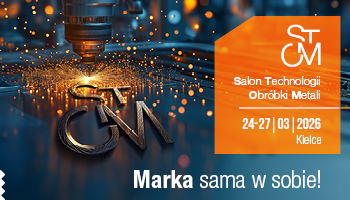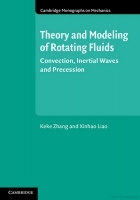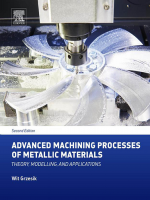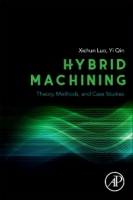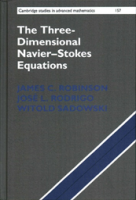Zwiększenie trwałości wybranych narzędzi stosowanych w branży gumowej przez obróbkę hybrydową *
Increased durability of selected tools used in the rubber industry by hybrid treatment
Author: Ewa Kasprzycka, Arkadiusz Więczkowski, Bogdan Bogdański
Mechanik nr 04/2019 - Narzędzia
STRESZCZENIE: Badania dotyczyły warstw hybrydowych typu CrC+CrN, wytwarzanych na powierzchni stali narzędziowej w kolejnych procesach chromowania dyfuzyjnego, realizowanych tanią i prostą pod względem technologicznym metodą proszkową, połączonych z obróbką Arc PVD (arc evaporation physical vapour deposition), wykonywaną w celu osadzenia powłok azotku chromu. Zbadano mikrostrukturę warstw hybrydowych, ich skład fazowy oraz rozkłady stężenia pierwiastków w strefie dyfuzyjnej tych warstw. Określono twardość warstw, ich właściwości tribologiczne (metodą kula–tarcza) oraz odporność korozyjną. Wykazano, że warstwy hybrydowe typu CrC+CrN charakteryzują się bardzo dobrymi właściwościami tribologicznymi w temperaturze otoczenia 25°C i temperaturze 100°C, jak również bardzo dobrą odpornością na korozję w roztworach zawierających jony chlorkowe.
SŁOWA KLUCZOWE: chromowanie dyfuzyjne, obróbka Arc PVD, warstwa hybrydowa, właściwości tribologiczne, korozja
ABSTRACT: This research concerns hybrid layers of the CrC+CrN type, produced on the tool steel surface in subsequent processes, diffusion chromizing, carried out by inexpensive and technologically simple powder method, combined with the next arc evaporation treatment Arc PVD (arc evaporation physical vapour deposition), made for the deposition of chromium nitride coatings. Investigations of the microstructure of hybrid layers, as well as of their phase composition and concentration depth profiles of elements in diffusion zone of these layers, were carried out. In addition, the layers hardness, their tribological properties (pin-on-disk method) and corrosion resistance have been determined. It has been shown that hybrid layers of the CrC+CrN type are characterized by very good tribological properties at ambient temperature 25°C and at temperature 100°C as well as by very good resistance to corrosion in a solution containing chlorine ions.
KEYWORDS: diffusion chromizing, Arc PVD treatment, hybrid layer, tribological properties, corrosion
BIBLIOGRAFIA / BIBLIOGRAPHY:
[1] Bogdański B., Więczkowski A., Kasprzycka E., Kołodziejska K. „Zastosowanie chromowania dyfuzyjnego dla zwiększania trwałościnarzędzi narażonych na zużycie tribologiczne”. Problemy techniki.P. Grabowski, A. Krawczyńska-Piechna, J. Wernik (red.). Płock: Politechnika Warszawska, Wydział Budownictwa Mechaniki i Petrochemii, 2017, 182–191.
[2] Więczkowski A. „Zwiększenie trwałości wybranych narzędzi stosowanych w przemyśle gumowym”. Rozprawa doktorska (promotor:E.Kasprzycka). Warszawa: Oficyna Wydawnicza Politechniki Warszawskiej, 2018.
[3] Mazurkiewicz A., Smolik J. „The innovative direction of hybrid technologies development and implementations in surface engineeringarea”. Archives of Metallurgy and Materials. 57, 3 (2012): 657–664.
[4] Smolik J. „Hybrydowe technologie inżynierii powierzchni”. Radom:Wydawnictwo ITeE-PIB, 2016.
[5] Mazurkiewicz A., Smolik J. „Zaawansowane technologie inżynieriipowierzchni wspomagające procesy eksploatacji i wytwarzania”.Radom: Wydawnictwo ITeE-PIB, 2015.
[6] Kasprzycka E. „Properties of tool steel with Cr/CrN type hybrid coatings, obtained by PVD method”. Archives of Metallurgy and Materials. 64, 1 (2019): 293–301.
[7] Kasprzycka E. “Chromizing”. Encyclopedia of Tribology. Q.J. Wang,Y.-W. Chung (red.). New York: Springer-Verlag Editors, 2013.
[8] Lee J.W., Duh J.G. „Evaluation of microstructures and mechanicalproperties of chromized steels with different carbon contents”. Surface and Coatings Technology. 177–178 (2004): 525–531.
[9] Lee J.W., Wang H.C., Li J.L., Lin C.C. „Tribological properties evaluation of AISI 1095 steel chromized at different temperatures”. Surface and Coatings Technology. 188–189 (2004): 550–555.
[10] Bai C.Y., Luo Y.J., Koo C.H. „Improvement of high temperatureoxidation and corrosion resistance of superalloy IN-738LC by packcementation”. Surface and Coatings Technology. 183, 1 (2004):74–88.
[11] Wang Z.B., Lu J., LuK. „Chromizing behaviors of a low carbon steelprocessed by means of surface mechanical attrition treatment”. ActaMaterialia. 53, 7 (2005): 2081–2089.
[12] Huiling C., Luo C.P., Jangwen L., Ganfeng Z. „Phase transformations in low-temperature chromized 0,45 wt%C plain carbon steel”.Surface and Coatings Technology. 201 (2007): 7970–7977.
[13] Kacprzyńska-Gołacka J., Mazurkiewicz A., Smolik J. „Analysis of resistance to cracking of multicomponent coatings based on chromiumnitride”. Inżynieria Materialowa. 3 (2014): 1–3.
[14] Bayon R., Nevshupa R., Zubizarreta C., Ruiz de Gopegui U., Barriga J.,Igartua A. „Characterisation of tribocorrosion behaviour of multilayerPVD coatings”. Analytical and Bioanalytical Chemistry. 396 (2010):2855–2862.
[15] Song G.-H., Yang X.-P., Xiong G.-L., Lou Z., Chen L.-J. „The corrosive behavior of Cr/CrN multilayer coatings with different modulationperiods”. Vacuum. 89 (2013): 136–141.
[16] Wołczyński W. „Large Steel Ingots: Microstructure MathematicalModeling”. Encyclopedia of Iron, Steel and Their Alloys, Five-Volume Set. Rafael Colás and George Totten (red.). Nowy Jork: Taylor& Francis Group, Inc. 2016.
[17] Wołczyński W. „Back-diffusion in crystal growth. Eutectics”. Archivesof Metallurgy and Materials. 60 (2015): 2403–2407.
[18] Bogdański B., Kasprzycka E. „Tribological characterizations of chromized carbide layers produced by the pack powder method at lowpressure”. Tribologia. 3 (2015): 9–19.
[19] Kasprzycka E., Bogdański B., Senatorski J., Gębski P., Więczkowski A.„Tribological properties of the hybrid layers produced in chromizingprocess by pack powder method and PVD treatment”. Tribologia. 2(2014): 79–88.
[20] Kasprzycka E., Bogdański B. „Properties of tool steel after hybridtreatment connecting diffusion chromizing with the PVD method”.Archives of Metallurgy and Materials. 64, 1 (2019): 235–242.
DOI: https://doi.org/10.17814/mechanik.2019.4.34
* Artykuł recenzowany



